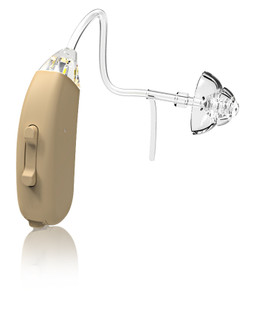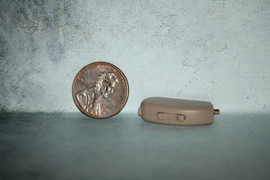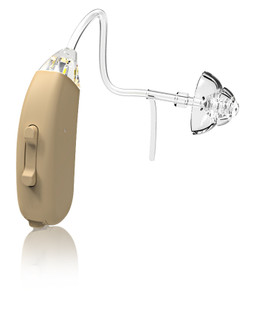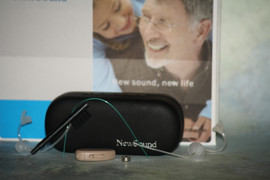Cost Comparison of RIC vs. Other Hearing Aid Styles
Posted by DR Paul on Jun 05, 2024
Navigating the world of hearing aids can be overwhelming, especially when facing various styles and price points. For many seniors and hearing aid wearers, finding the right balance between cost and functionality is crucial. This blog post aims to demystify the costs associated with different hearing aid styles, with a particular focus on Receiver-in-Canal (RIC) hearing aids.
Understanding RIC Hearing Aids
Receiver-in-Canal (RIC) hearing aids are known for their discreet design and advanced technology. The receiver, or speaker, is placed directly in the ear canal, connected to the rest of the device by a thin wire. This setup allows for a more natural sound experience, making RIC hearing aids a popular choice among users.
Benefits of RIC Hearing Aids
Natural Sound Quality: The placement of the receiver in the ear canal provides superior sound quality.
Discreet Design: The thin wire and small earpiece make RIC hearing aids less noticeable.
Comfort: RIC hearing aids are lightweight and comfortable to wear for extended periods.
Comparing Costs
When comparing RIC hearing aids to other styles, it's essential to consider the features and technology that contribute to the overall cost. Here's a breakdown of the major hearing aid styles and their average costs:
1. RIC Hearing Aids
Price Range: $1,500 to $3,500 per device
Features:
Advanced digital technology
Bluetooth connectivity
Customizable programs for different listening environments
2. Behind-the-Ear (BTE) Hearing Aids
Price Range: $1,200 to $3,000 per device
Features:
Suitable for all levels of hearing loss
Larger size accommodates powerful batteries and additional features
Durable and easy to handle
3. In-the-Ear (ITE) Hearing Aids
Price Range: $1,000 to $3,000 per device
Features:
Custom-molded to fit the ear
Suitable for mild to severe hearing loss
More visible but easier to insert and remove
4. In-the-Canal (ITC) and Completely-in-Canal (CIC) Hearing Aids
Price Range: $1,500 to $3,500 per device
Features:
Very discreet
Suitable for mild to moderate hearing loss
Limited battery life due to smaller size
Factors Influencing Cost
Several factors can influence the cost of hearing aids, regardless of the style:
Technology Level: Advanced features like digital sound processing, noise reduction, and Bluetooth connectivity can increase the price.
Brand: Well-known brands may come with higher price tags due to their reputation and reliability.
Customization: Custom-molded devices may cost more than standard models.
Professional Services: The cost of hearing aids often includes professional services like hearing tests, fitting appointments, and follow-up care.
Why Choose RIC Hearing Aids?
RIC hearing aids offer a balance of advanced technology, comfort, and discreet design, making them a popular choice among seniors and hearing aid wearers. The investment in RIC hearing aids can be worthwhile for those seeking a high-quality hearing experience without compromising on aesthetics or functionality.
Conclusion
When considering the cost of hearing aids, it's essential to weigh the benefits and features of each style. RIC hearing aids stand out for their natural sound quality, comfort, and advanced technology. While they may come with a higher price tag, the enhanced hearing experience they provide can significantly improve the quality of life for users.
Ready to explore the best hearing solutions for your needs? Visit Hear-Better.Com to learn more about RIC hearing aids and other digital hearing aids designed to help seniors hear better every day.










